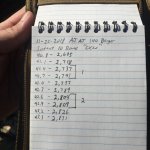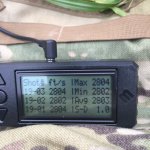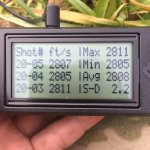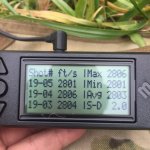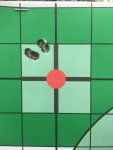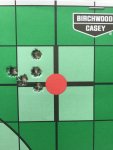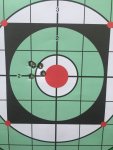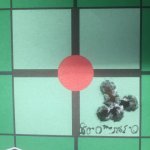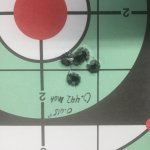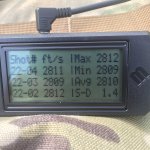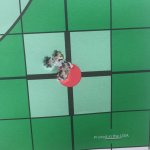Decided to try out some Berger 140’s and had recently read the Scott Satterlee 10-round load development article from the 6.5 Guys. Ran a ladder, and got a few flat nodes, not they aren’t as ‘long’ as the ones referenced in the article. I’ll post a pic below. I’m guessing take the higher charge and load in the middle now?
Also, I’ve never really found pressure on this rifle and still have a fair amount of case capacity (Lapua 6.5 CM H4350). The last number is phenomenal speed for a 140, would you go up another few .3 increments and see if there’s another flat spot around there?
Also, I’ve never really found pressure on this rifle and still have a fair amount of case capacity (Lapua 6.5 CM H4350). The last number is phenomenal speed for a 140, would you go up another few .3 increments and see if there’s another flat spot around there?

